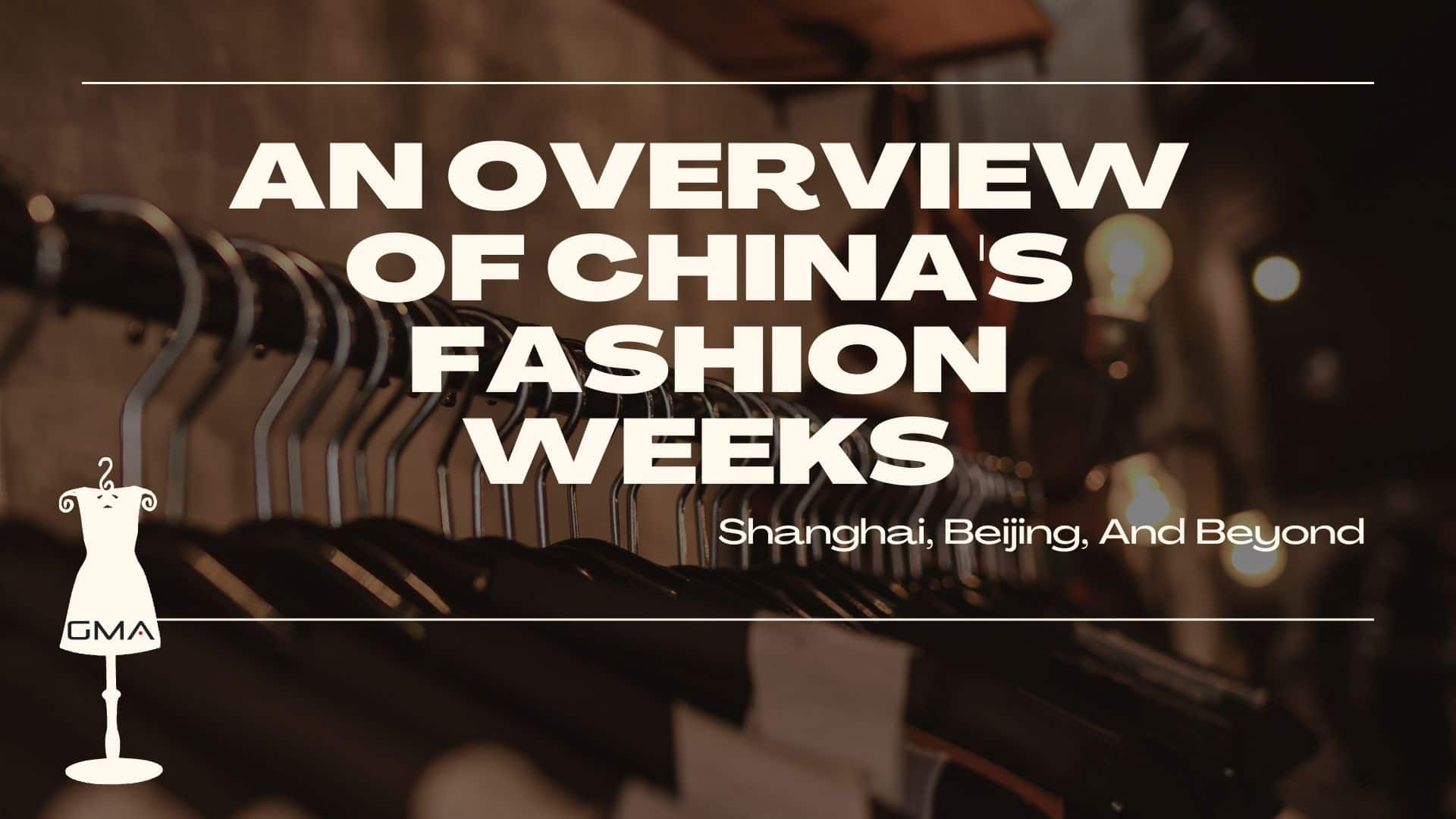China’s fashion industry has rapidly grown in recent years. Lots of designers and brands bringing new trends and movements to the forefront of the global market. As a result, China’s major cities such as Beijing and Shanghai are using fashion weeks to boost their global profile and consumer consumption.
Key Takeaways
- Shanghai Fashion Week is currently leading the charge. This is China’s most reputable and recognized event for designers and brands to showcase their latest collections. Beijing Fashion Week has also established its own reputation over the years.
- Major brands routinely showcase their collections during these events. Key decision-makers in the global fashion market attend these events. The brands create buzz around their products. The events also help to expand their networks.
- Understanding Chinese consumers’ preferences is key to making an impact in this market. Factors like demographics, culture, tradition, sustainable product demand, and e-commerce platforms popular in China such as T-Mall or WeChat should be considered when crafting marketing strategies tailored towards Chinese consumers.

Navigating The Chinese Fashion Landscape
At the forefront of this dynamic market are China’s major fashion weeks, with Shanghai Fashion Week leading the pack as one of the most well-established events in the country.
Apart from Shanghai, Beijing Fashion Week also occupies a significant place in China’s fashion calendar. With over 959 shows hosted to date, it boasts participation from more than 3,200 designers and models hailing from various countries.
In recent years, other notable Chinese cities have been using their own fashion weeks as an avenue to elevate their global profile as well as stimulate local consumption.
As international brands consider breaking into or expanding within China’s booming market, understanding key local players like influencers and celebrities becomes essential.
These individuals hold immense sway over consumer preferences and often dictate which styles gain traction at any given moment among millions of avid followers on social media platforms such as Weibo or WeChat.
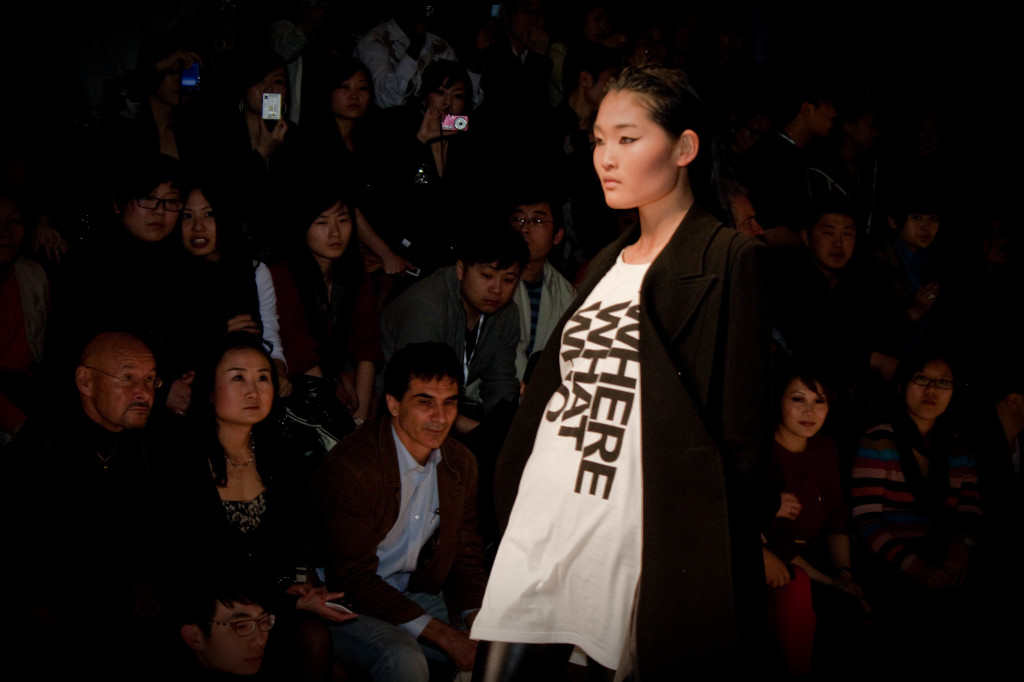
China’s Major Fashion Weeks
If you’re looking to get your brand noticed in China, attending one of the country’s major fashion weeks is a must. Shanghai Fashion Week, which takes place twice a year and attracts both local and international designers, has become the most prominent of these events.
In recent years it has grown exponentially in size and stature. It attracts top industry figures and becomes an important platform for emerging talent. Beijing Fashion Week is also worth noting; although typically smaller than its Shanghai counterpart, it attracts many influential Chinese fashion editors and bloggers.
Other notable fashion weeks in China include Guangzhou Fashion Week, Chengdu Fashion Week, Hangzhou International Fashion Week, and Shenzhen Fashion Week.
Shanghai Fashion Week
As a turning point for China’s fashion industry, Shanghai Fashion Week attracts top-tier buyers from across the country and beyond. With an increasing number of leading Chinese cities following suit, fashion weeks have become an effective way to raise their global profile and increase consumer consumption.
Shanghai Fashion Week has outpaced the “Big Four” fashion weeks in terms of growth and impact. They are giving designers from around the world a unique opportunity to showcase their collections alongside emerging local talents.
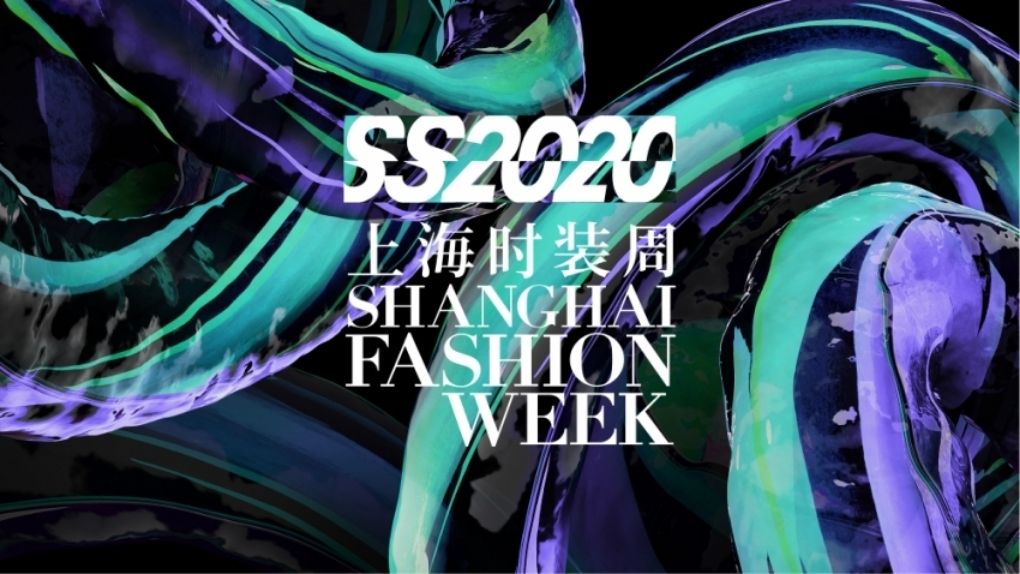
Beijing Fashion Week
Beijing Fashion Week is a biannual event held in Beijing, China. It features runway shows and exhibitions showcasing the latest fashion designs from both established and emerging designers. The event attracts fashion industry professionals, including buyers, retailers, journalists, and fashion enthusiasts from around the world.
Beijing Fashion Week provides a platform for designers to showcase their work and expand their networks within the Chinese and global fashion markets. It also serves as an opportunity for Chinese designers to gain recognition and exposure in the international fashion scene.
In addition to runway shows and exhibitions, Beijing Fashion Week also hosts a variety of events such as seminars, workshops, and networking sessions for industry professionals. The event is a reflection of China’s growing influence in the global fashion industry and its efforts to establish itself as a fashion destination.
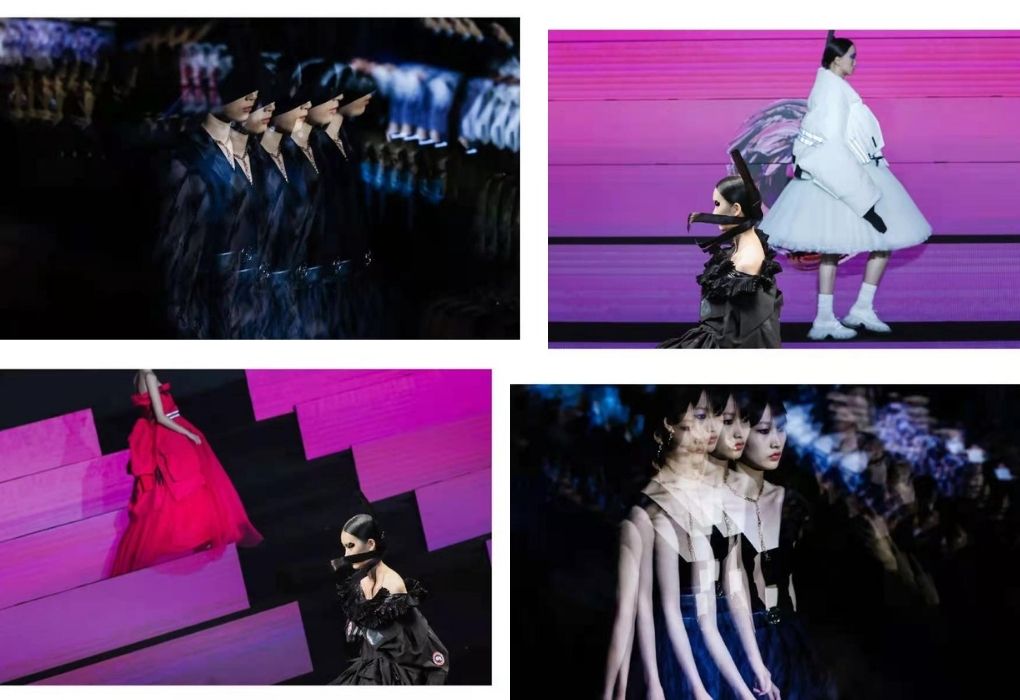
Other Notable Fashion Weeks In China
Apart from Shanghai and Beijing Fashion Weeks, there are other notable fashion weeks in China that are worth mentioning. These fashion events bring together designers, industry professionals, and fashion influencers to showcase their latest collections and exchange ideas.
1. Guangzhou Fashion Week – This event is held twice a year, showcasing international and local designers’ works with a focus on streetwear.
2. Harbin Fashion Week – Held in the coldest city in China. Harbin Fashion Week brings together designers who incorporate fur and wool into their collections.
3. Shenzhen Fashion Week – The event features sustainable fashion design that promotes eco-friendliness and is held twice a year.
4. Xiamen Fashion Week – This event showcases swimwear and beachwear designs by talented designers from across Asia.

Local Trade Shows And Exhibitions
With numerous apparel and clothing trade shows held throughout China, such as ICMD Autumn and Shanghai International Footwear Exhibition, business owners can connect with key players in the industry while staying up-to-date on the latest trends.
These events provide a platform for both established brands and emerging designers to attract attention from prospective customers. Attending these shows also allows you to observe firsthand how your competitors operate within the market and spot opportunities for growth.
Chinese Fashion Influencers and Celebrities Who Have Significant Impact
1. Fan Bingbing – One of China’s most famous actresses and fashion icons. She has worked with top luxury brands like Chanel and Louis Vuitton.
2. Kris Wu – A multi-talented musician, model, and actor. He has become a popular face in the fashion industry and has been featured in campaigns for Burberry, Bulgari, and more.
3. Li Jiaqi – Known as China’s “Lipstick King,”. He rose to fame through his beauty product reviews on social media platforms like Douyin (TikTok) and Weibo.
4. Cici Xiang – She’s a style blogger and creative director of her own brand named after her. Cici Xiang has established herself as one of China’s leading influencers known for her unique sense of style.
5. Candice Yu – A fashion stylist turned influencer with a massive following on Instagram showcasing her chic street-style looks.
6. Yueyi Wang – The founder of WE11DONE brand which gained popularity among streetwear lovers worldwide from its unique mix of Eastern cultural themes coupled with modern designs
These Chinese fashion influencers and celebrities have not only helped to shape the country’s fashion landscape but have also gained global recognition for their unique styles and ability to connect with consumers worldwide.
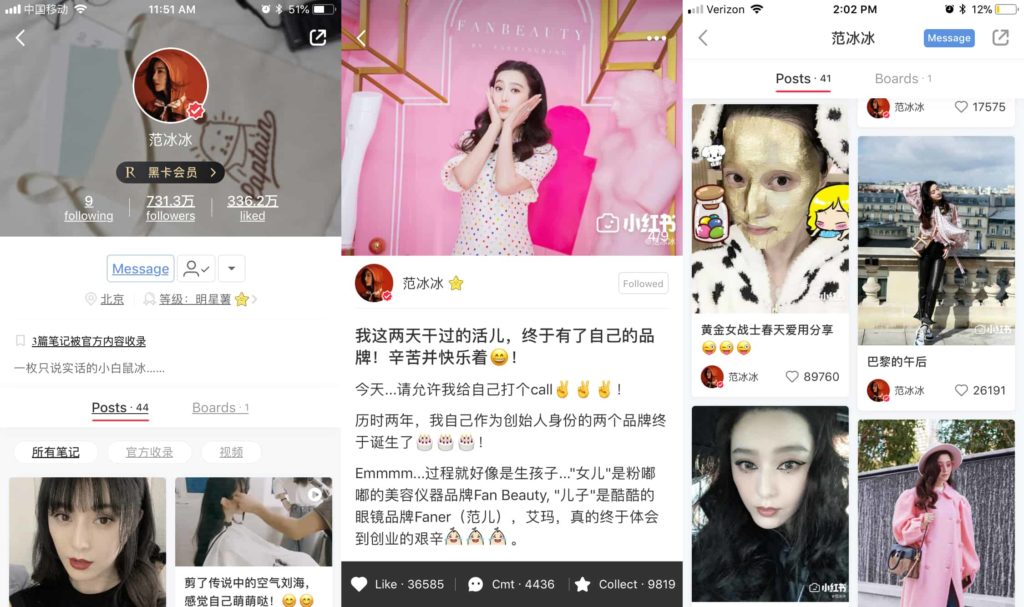
Understanding Chinese Consumers And Their Preferences
Consumer Demographics And Purchasing Behavior
With over 1.4 billion people, China has a diverse population with distinct shopping patterns depending on wealth, age, and location. Consumers in lower-tier cities are more value-oriented while those in top-tier cities prioritize brand image and luxury products.
Additionally, younger generations tend to favor digital platforms for shopping while older generations prefer traditional brick-and-mortar stores. Sustainability is also increasingly important for Chinese consumers as they become more environmentally conscious.
A study shows that nearly 70% of Gen Z consider environmental factors when making purchases, and are willing to pay more for eco-friendly and socially responsible products.
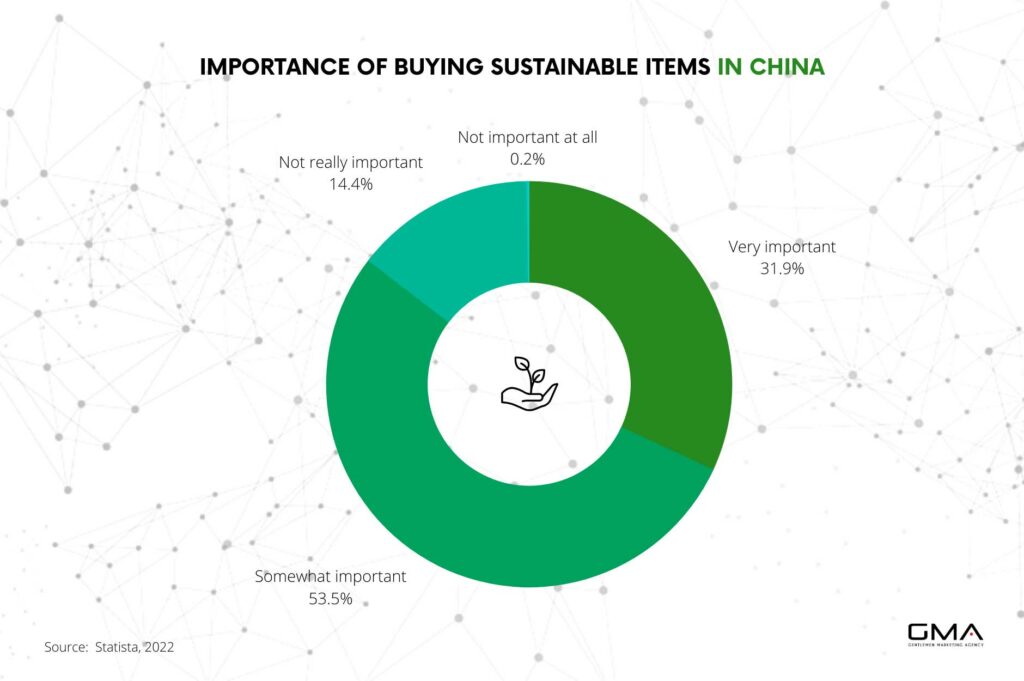
The Impact Of Culture And Tradition On Fashion Choices
Many Chinese consumers still prefer traditional clothing styles, such as Cheongsam dresses or Qipao suits, for formal occasions like weddings or business meetings.
However, there is also a growing interest in contemporary fashion trends that blend modern Western styles with traditional Chinese elements. For example, many designers are incorporating silk fabrics into their designs or adding Mandarin collar detailing to otherwise Western-style garments.
This fusion of cultures creates unique fashion statements that appeal to both local and international audiences.
E-commerce And Social Media Platforms Popular In China
1. Tmall: This is China’s leading B2C online marketplace, with over 800 million monthly active users. It’s part of Alibaba Group and focuses on branded products.
2. JD.com: Another major player in China’s e-commerce space, JD.com has over 300 million users and offers a wide range of products.
3. WeChat: Often referred to as China’s “app for everything,”. WeChat is a messaging app that also offers payment services, mini-programs for shopping, and social media features.
4. Little Red Book (Xiaohongshu): A popular social media platform for fashion and beauty content, Little Red Book also allows users to buy products directly from the app.
5. Douyin (TikTok): This short-form video app has exploded in popularity in China, particularly among younger demographics.
6. Weibo: Similar to Twitter, Weibo is a microblogging platform used by many Chinese influencers and celebrities to reach their audiences.
7. Alibaba Group also owns Alipay, a mobile payment platform used by millions of Chinese consumers for online transactions.
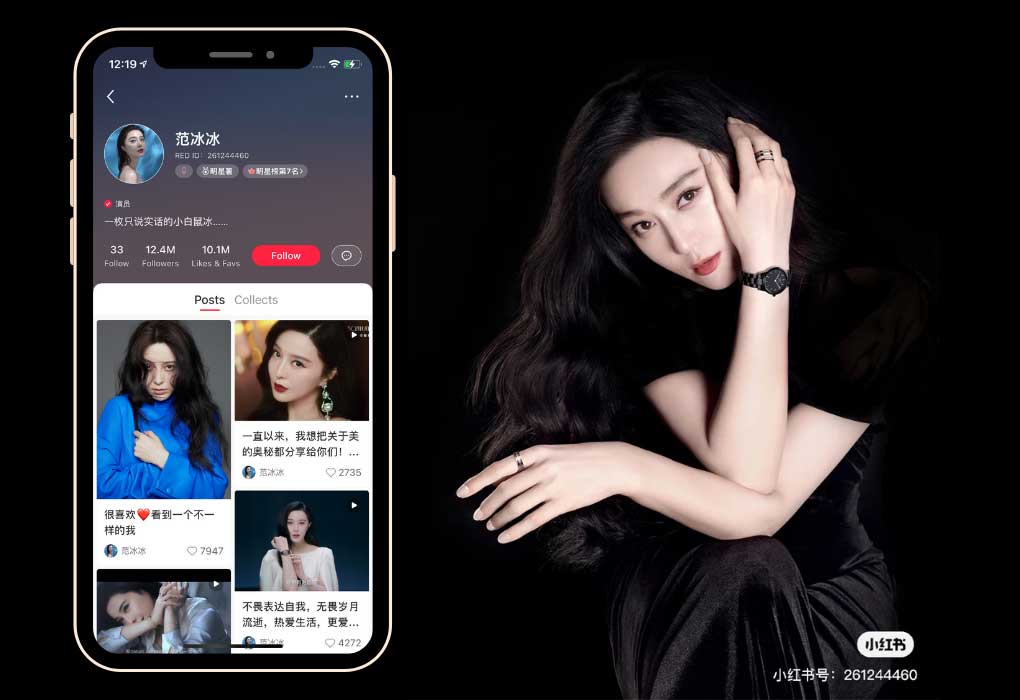
Highlights And Trends From China’s Fashion Weeks
Emerging Designers And Brands
The Shanghai Fashion Week is a hub for emerging designers, with a focus on promoting new talent. The week features shows from up-and-coming designers with the potential for breakthroughs beyond China. Some of these emerging Chinese designers have already made a mark on the global fashion scene, such as Shushu/Tong, Angel Chen, and Momo Wang.
In addition to the established fashion weeks, there are smaller independent shows happening all year round in cities like Chengdu and Guangzhou. These events provide an even greater opportunity for lesser-known designers to showcase their work.
Many of these designers are using their Chinese heritage as inspiration for their collections and making use of traditional techniques and textiles in modern ways.
One thing that makes China’s fashion industry unique is its ability to blend traditional elements with modern designs. This can be seen in new trends emerging from Chinese designers, such as combining Western streetwear with Chinese typography or incorporating ancient embroidery techniques into contemporary pieces.
The rise of e-commerce platforms like Tmall and JD.com has created more opportunities for these emerging brands to reach a wider audience both domestically and internationally.
With the support of local government initiatives such as “Made in China 2025,” which aims to promote high-quality homegrown products, there has never been a better time for emerging Chinese designers to enter the market.
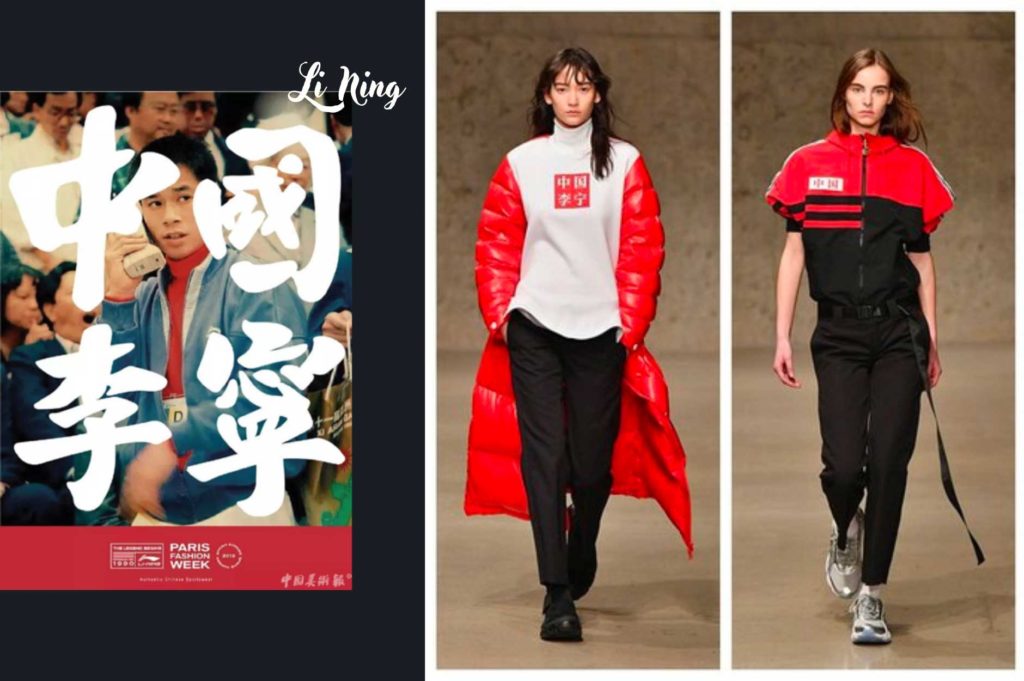
Unique Chinese Fashion Trends
Chinese fashion trends are constantly evolving, with new designers and movements emerging each year. Here are some unique Chinese fashion trends that have been making waves:
1. Hanfu: The Hanfu trend is an embrace of China’s traditional clothing styles from the Han Dynasty. It includes flowing dresses, long robes, and intricate headpieces.
2. Streetwear: China’s youth culture has embraced streetwear in a big way, with brands like Li-Ning and Tencent releasing collections inspired by urban street style.
3. Sustainable Fashion: With growing concern about the environment, there has been a surge in demand for sustainable and eco-friendly fashion products.
4. Gender-neutral Fashion: Gender-neutral clothing has become increasingly popular in China, with many brands offering collections that cater to both men and women.
5. Bold Colors and Prints: Many Chinese designers have been experimenting with bold colors and prints inspired by traditional Chinese art and culture.
6. Cultural Fusion: Some designers have been combining elements of Western fashion with traditional Chinese styles, creating unique looks that blend the best of both worlds.
Overall, these trends reflect a growing appreciation for China’s cultural heritage as well as a desire to be at the forefront of global fashion trends while still maintaining a unique identity.

Successful Strategies For International Brands Entering The Chinese Market
Working with a local partner who is familiar with the Chinese business landscape can be helpful in identifying effective distribution channels and developing localized advertising campaigns.
It’s also important to leverage social media platforms like WeChat and Little Red Book, which are incredibly popular among Chinese consumers, for sales and engagement. Successful examples of foreign brands that have entered the Chinese market include:
- Luxury fashion house Chanel, which opened their first boutique in China back in 1999 or
- Nike’s strategic partnerships with e-commerce giant Alibaba Group and basketball star Yao Ming.
Do not hesitate to contact our professional agency to achieve these goals.
Creating A Market Entry Strategy
Identifying The Right Distribution Channels And Partners
The fashion and luxury goods industries in China are heavily reliant on various distribution channels, ranging from traditional wholesale models to e-commerce platforms. It’s important to research and understand which channels align with your brand’s values and target audience.
When looking for partnerships, it’s important to consider not just the size of a potential partner but also their reputation and level of influence within the industry. Working with a highly respected local designer or influencer can lend credibility to your brand in China.
On the other hand, partnering with a smaller boutique or showroom could provide more personalized attention and opportunities for collaboration.

Developing Localized Marketing And Advertising Campaigns
Companies that fail to adapt localized marketing and advertising campaigns will inevitably struggle to connect with their target audience and gain traction in this consumer-driven market.
For example, Disney pursued a “glocalization” strategy when marketing in China by incorporating elements of local culture into their branding efforts. They rebranded their iconic character Mickey Mouse as “Mi Ka Qi Shu”, which translates to “米咔奇鼠” in Mandarin, making it easier for Chinese audiences to relate to the character.
Leveraging Social Media And E-commerce Platforms For Sales And Engagement
It is vital for companies to have a robust social media strategy. That’s why leveraging social media and e-commerce platforms for sales and engagement is an essential aspect of expanding into the Chinese market. Here are some of the key ways businesses can use these platforms to their advantage:
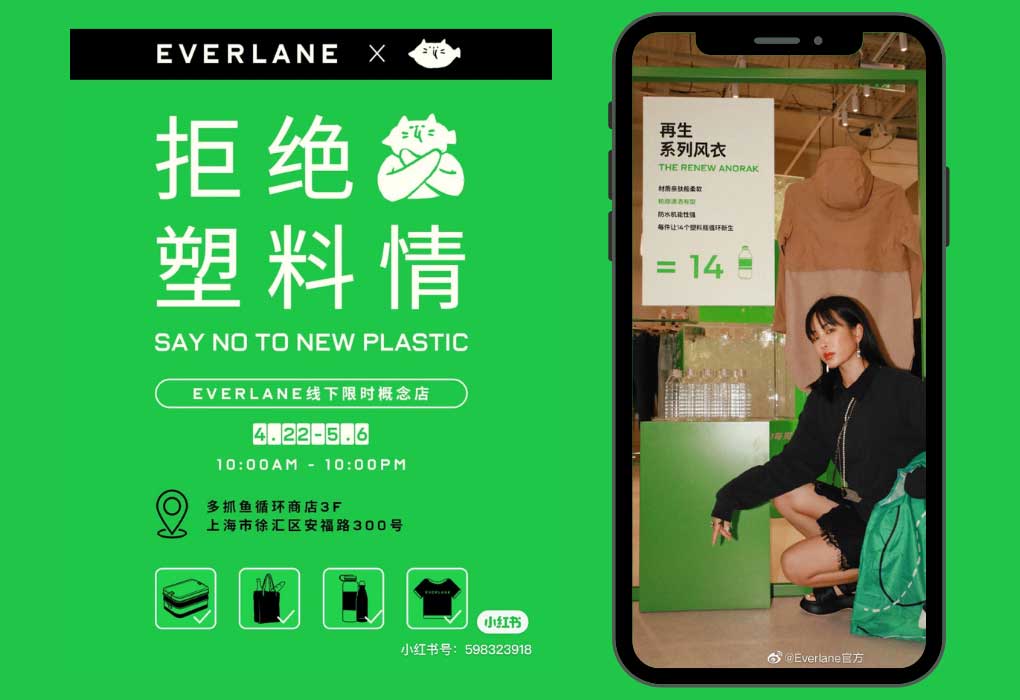
Engage Consumers Through Social Commerce
Social commerce provides an excellent opportunity for brands to engage directly with their customers online. With increasing numbers of consumers shopping online via e-commerce platforms, brands can capitalize on this growing trend. They need to use targeted ads, personalized messaging, and exclusive deals to build a loyal customer base.
Leverage Partnerships with Technology Platforms
By partnering with leading technology platforms in China, companies can increase revenue opportunities by reaching new customers through digital channels. These partnerships also provide brands with access to data analytics that help identify consumer behavior patterns and preferences.
Utilize Virtual Influencers
Marketing experts suggest that virtual influencers (VIs) are more popular than traditional influencers in China. That’s why they are a valuable way for brands to leverage social media for sales and engagement. VIs are AI-generated characters that appeal to younger audiences who are more likely to share content from these influencers on social media.
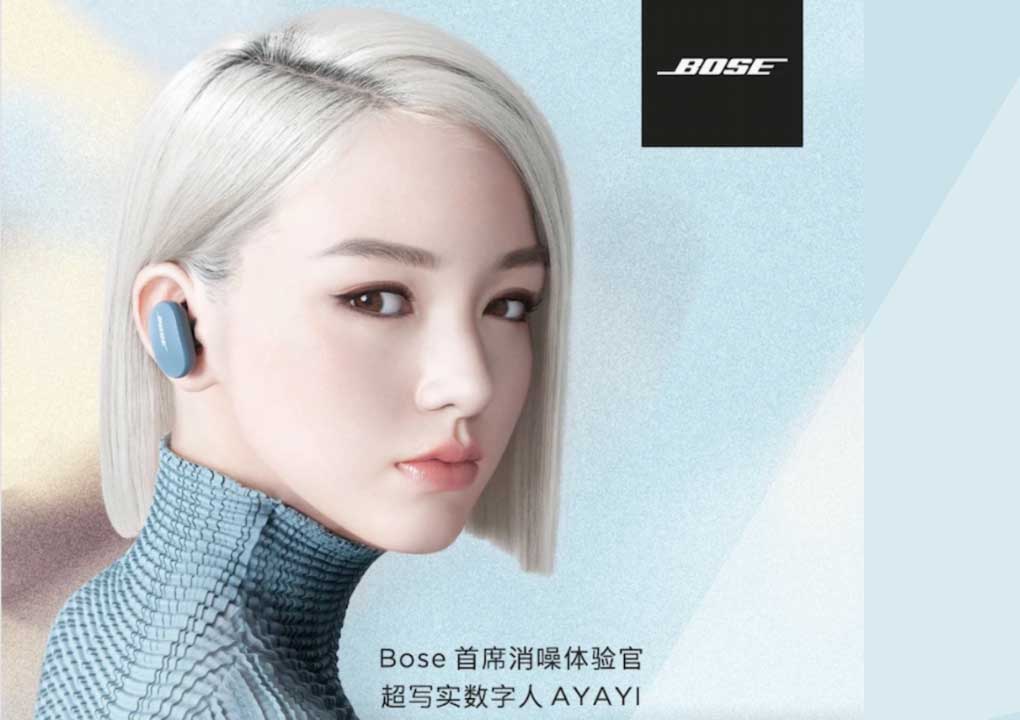
Personalized Product Recommendations
E-commerce platforms like Alibaba’s Tmall offer personalized product recommendations based on consumer browsing history and purchase behavior. Brands can leverage this data to create tailored marketing campaigns that target specific segments of the Chinese market.
Cross-Border E-Commerce
Online shopping is growing globally. Cross-border e-commerce platforms allow brands to sell directly to Chinese consumers. This can be done without a physical presence in China, that’s why brands can benefit from this.
Collaborating With Local Influencers, Celebrities, And Designers
In China, social media platforms such as WeChat and Weibo are extremely popular, making influencer marketing a powerful tool for brands seeking to reach new audiences.
For example, luxury fashion brand Burberry generated buzz during Shanghai Fashion Week by working with popular Chinese actress Zhou Dongyu on a limited-edition trench coat.
The collaboration caught the attention of the brand’s collection. It created an emotional connection between consumers and the product. This was done through association with a beloved celebrity.
We are Your Local Partner in China!
China’s fashion industry has come a long way, thanks to the emergence of local designers and influencers. The country boasts several major fashion weeks, including Shanghai Fashion Week and Beijing Fashion Week.
These events serve as a platform for designers to showcase their collections, network with buyers and investors worldwide, and gain exposure in the crowded market.
What’s unique about China’s fashion market is that it’s not just driven by Western trends or luxury labels. Instead, local consumers have specific tastes rooted in culture and tradition that must be accounted for when selling products there.

If you are seeking to navigate the complex Chinese fashion landscape, partnering with us can be a smart move. We can provide guidance and support throughout the process, from understanding regulations and laws to entering the Chinese market with your business and implementing effective marketing strategies.
Our team of experts is available to answer any questions you may have and offer a range of services to help your business succeed in China. Don’t hesitate to contact us at any time to discuss your needs and how we can assist you. We are committed to providing exceptional service and supporting your success in the Chinese fashion market.


